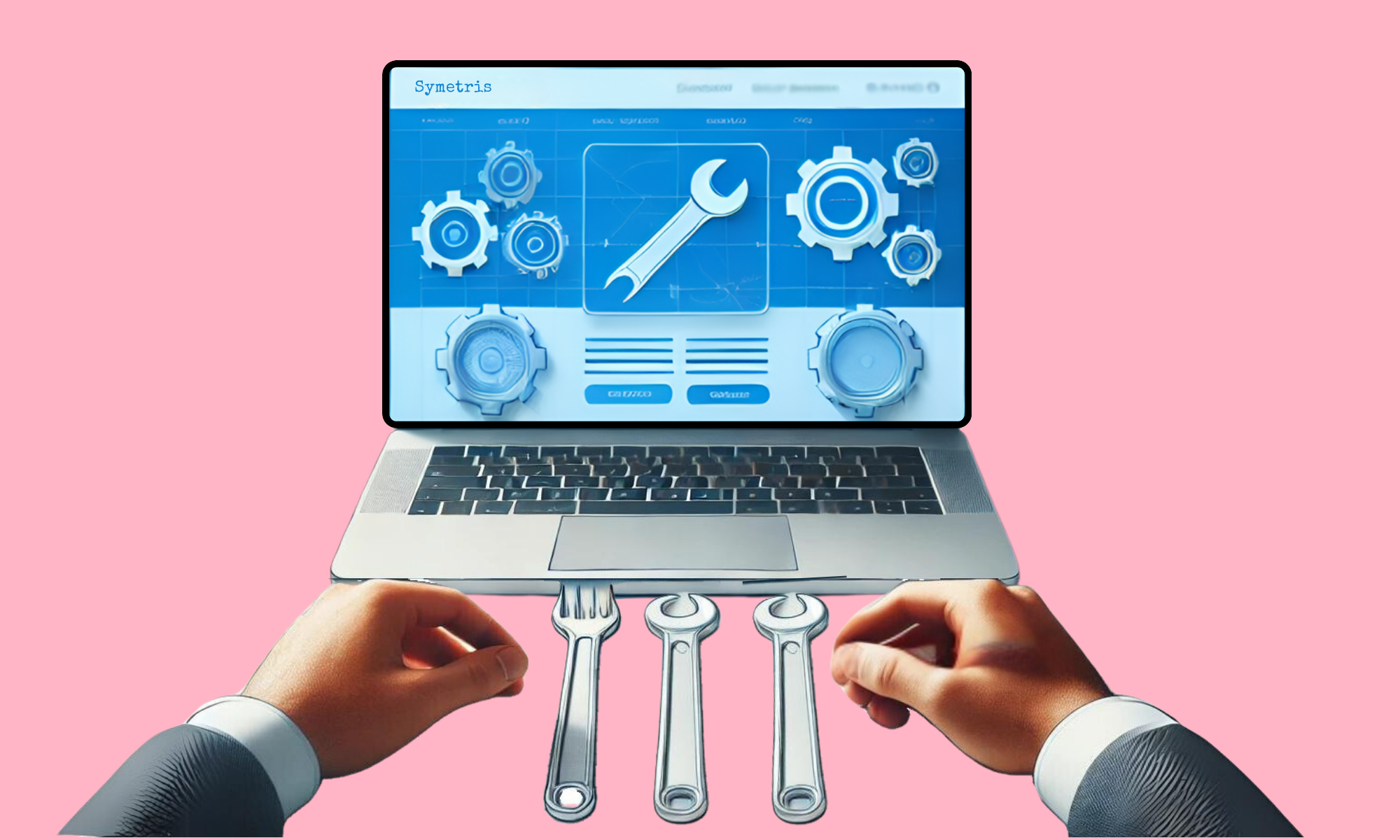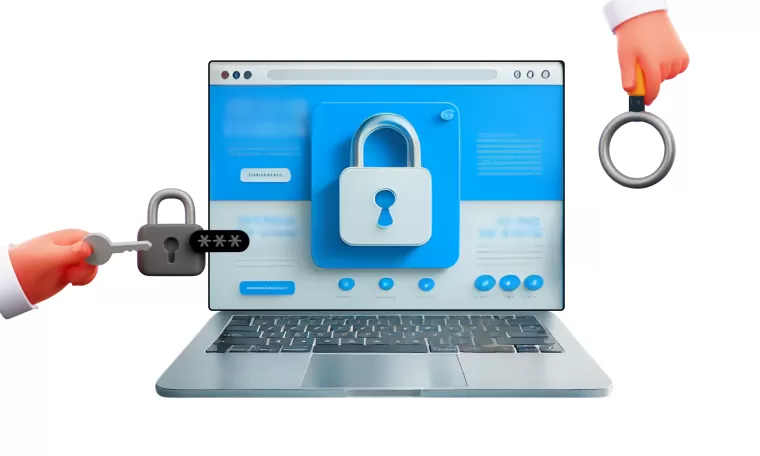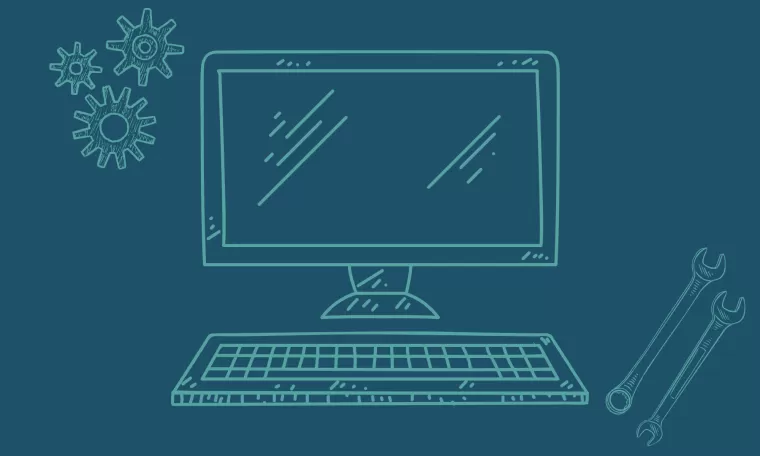One of the most critical aspects of this process is corrective maintenance—an approach that focuses on identifying and resolving faults, bugs, and errors that disrupt the normal operation of digital assets. Regular corrective maintenance ensures that your digital ecosystem remains smooth, secure, and efficient.
The Importance of Regular Bug Fixes and Error Corrections
Digital assets, such as websites, applications, and databases, are complex systems with numerous interdependent components. Even minor bugs or errors can have a significant impact, leading to degraded performance, security vulnerabilities, or an unsatisfactory user experience. For example, broken links, slow-loading pages, or malfunctioning features can frustrate users, drive them away, and damage your brand's reputation. In fact, research shows that 88% of online consumers are less likely to return to a site after a poor experience.
Regular bug fixes and error corrections are crucial to maintaining operational efficiency and ensuring digital assets remain fully functional. By promptly addressing these issues, organizations can minimize disruptions, reduce downtime, and maintain a consistent and reliable user experience. This proactive approach not only helps prevent potential financial losses due to lost customers or sales but also safeguards the organization's reputation by providing a seamless digital experience.
Avoiding Technical Debt Accumulation
One of the hidden dangers of neglecting corrective maintenance is the accumulation of technical debt. Technical debt refers to the future costs and challenges that arise when organizations prioritize quick fixes or temporary solutions over proper, sustainable improvements. When errors and bugs are left unresolved or patched hastily, they often lead to more significant issues down the line, requiring costly and time-consuming corrections.
To avoid accumulating technical debt, organizations should:
- Prioritize Regular Maintenance: Schedule regular check-ups and audits of digital assets to identify and address issues as they arise.
- Implement Robust Issue Tracking Systems: Use an issue-tracking system to log, categorize, and prioritize all bugs and errors. This helps ensure nothing is overlooked and that the most critical issues are resolved first.
- Adopt Best Practices for Coding and Testing: Encourage developers to follow coding standards, conduct thorough testing, and document changes. This reduces the likelihood of introducing new errors when fixing existing ones.
- Invest in Continuous Improvement: Allocate resources and budget for ongoing corrective maintenance to prevent minor issues from snowballing into larger problems that require significant resources to fix later on.
Best Practices for Effective Corrective Maintenance
- Establish a Clear Maintenance Strategy: A well-defined corrective maintenance strategy should include procedures for identifying, documenting, prioritizing, and addressing issues. Regularly reviewing this strategy helps ensure that it remains aligned with business goals and technological developments.
- Implement Automated Monitoring Tools: Leverage automated tools to continuously monitor digital assets for issues. Automated alerts can help identify potential problems before they impact users, allowing teams to respond quickly and effectively.
- Regularly Test and Update Systems: Conduct regular testing to identify potential vulnerabilities, compatibility issues, or bugs that might not be immediately apparent. Frequent updates to software, plugins, and other components help keep systems secure and running smoothly.
- Maintain Clear Documentation: Keep detailed records of all changes made during corrective maintenance. This practice helps track progress, understand patterns of recurring issues, and provides a reference for future troubleshooting.
- Engage a Dedicated Support Team: Having a team specifically responsible for corrective maintenance ensures that there is always someone available to address issues promptly. This team should be well-versed in the organization’s digital ecosystem and its specific needs.
Common Pitfalls to Avoid in Corrective Maintenance
Neglecting Small Issues: It's easy to overlook minor bugs or errors that don't immediately impact functionality. However, small issues can compound over time, leading to more severe problems. Regular audits and proactive monitoring help catch these before they escalate.
Over-Reliance on Quick Fixes: Temporary patches or quick fixes can provide short-term relief but often lead to technical debt. Instead, focus on comprehensive solutions that address the root cause of the issue.
Lack of Coordination Among Teams: When multiple teams are involved in managing digital assets, poor communication can lead to duplicated efforts, conflicting solutions, or unresolved issues. Establishing clear roles and maintaining open communication channels is key to effective corrective maintenance.
Failing to Allocate Adequate Resources: Corrective maintenance requires time, expertise, and financial investment. Failing to allocate sufficient resources can result in delayed or incomplete fixes, negatively impacting overall performance and user satisfaction.
Conclusion
Corrective maintenance plays a crucial role in keeping your digital ecosystem running smoothly. By focusing on regular bug fixes and error corrections, organizations can minimize disruptions, avoid the accumulation of technical debt, and ensure a consistent and reliable user experience. Adopting best practices, such as implementing automated monitoring tools, maintaining clear documentation, and investing in a dedicated support team, will help keep your digital assets fully functional and aligned with your business objectives.
By staying proactive and vigilant with corrective maintenance, organizations can safeguard their digital presence, enhance user satisfaction, and maintain operational efficiency, ultimately contributing to long-term success.


